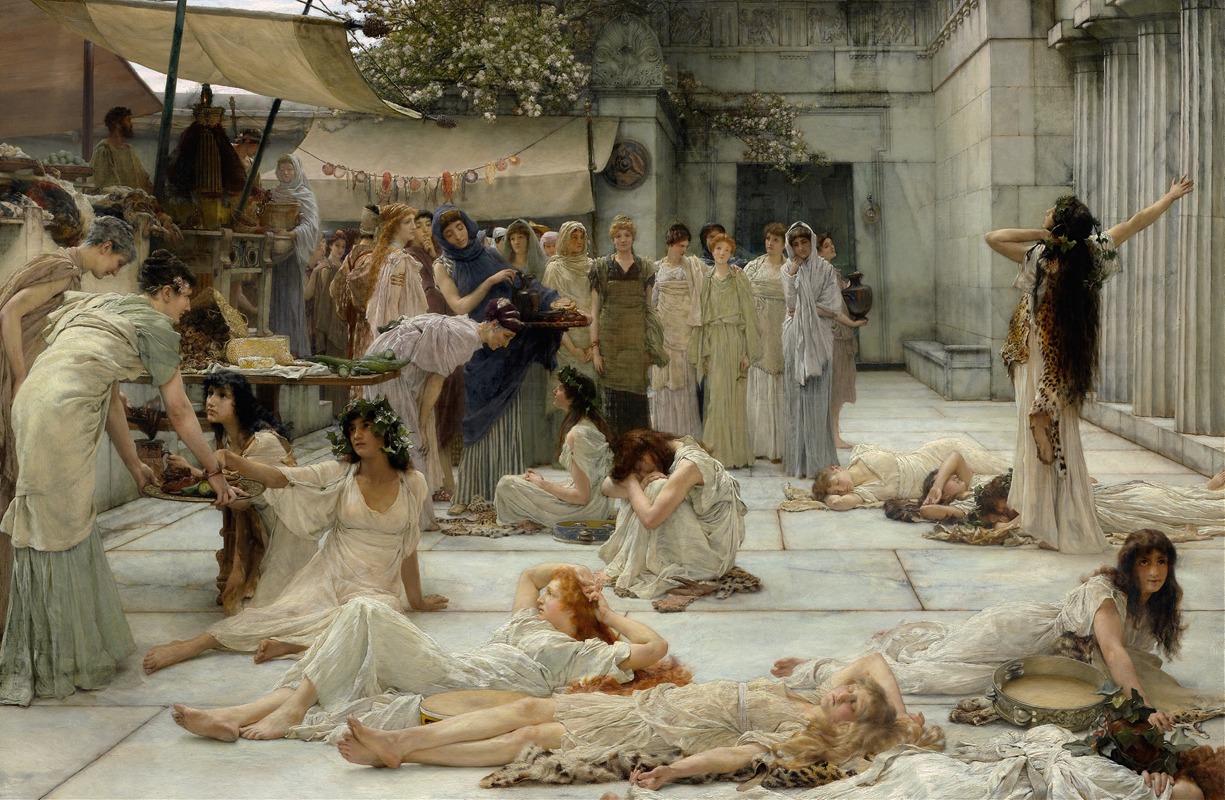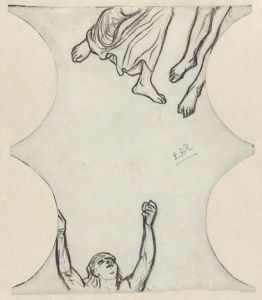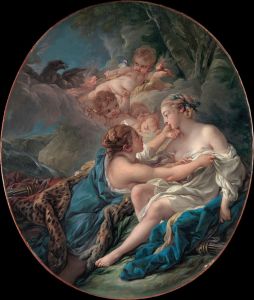
The Women of Amphissa
A hand-painted replica of Lawrence Alma-Tadema’s masterpiece The Women of Amphissa, meticulously crafted by professional artists to capture the true essence of the original. Each piece is created with museum-quality canvas and rare mineral pigments, carefully painted by experienced artists with delicate brushstrokes and rich, layered colors to perfectly recreate the texture of the original artwork. Unlike machine-printed reproductions, this hand-painted version brings the painting to life, infused with the artist’s emotions and skill in every stroke. Whether for personal collection or home decoration, it instantly elevates the artistic atmosphere of any space.
The Women of Amphissa is an oil painting created in 1887 by the Dutch-born British artist Lawrence Alma-Tadema. Known for his meticulous attention to detail and his fascination with classical antiquity, Alma-Tadema often depicted scenes inspired by ancient Greece and Rome, and this work is no exception.
The painting portrays a group of women from the ancient Greek city of Amphissa, located in central Greece. The scene is based on a historical anecdote from the aftermath of the Sacred War (355–346 BCE), a conflict between the city-states of ancient Greece. According to historical accounts, the women of Amphissa provided refuge to a group of Bacchantes—female followers of the god Dionysus—who had wandered into their city after participating in Bacchic rituals. Exhausted and vulnerable, the Bacchantes were protected and cared for by the women of Amphissa, despite the potential risks involved.
In the painting, Alma-Tadema captures the moment when the Bacchantes are resting in the marketplace of Amphissa. The composition is rich in detail, with the women reclining or sitting in relaxed poses, surrounded by the architecture and artifacts of the ancient world. Alma-Tadema's skillful use of light and texture brings the scene to life, emphasizing the warmth and humanity of the women who offered their aid. The artist's characteristic precision in depicting marble, textiles, and other materials is evident throughout the work.
The painting reflects Alma-Tadema's broader interest in exploring themes of compassion, cultural exchange, and the everyday lives of people in antiquity. It also demonstrates his ability to blend historical accuracy with artistic imagination, creating a vivid and engaging narrative.
The Women of Amphissa was well-received during Alma-Tadema's lifetime and remains one of his notable works. Today, it is housed in the Clark Art Institute in Williamstown, Massachusetts, where it continues to be admired for its technical brilliance and evocative storytelling.

















